iOS 18.4 is a huge deal for Apple in India

[ad_1]
All the conversation around Apple in India has centered around tariffs, and for good reason — the brand is aiming to move a bulk of its iPhone production out of China to India. Doing so will undoubtedly be time-consuming, and we’ll need to wait and see if the factories assembling iPhones in India can handle the increased demand.
Hardwired
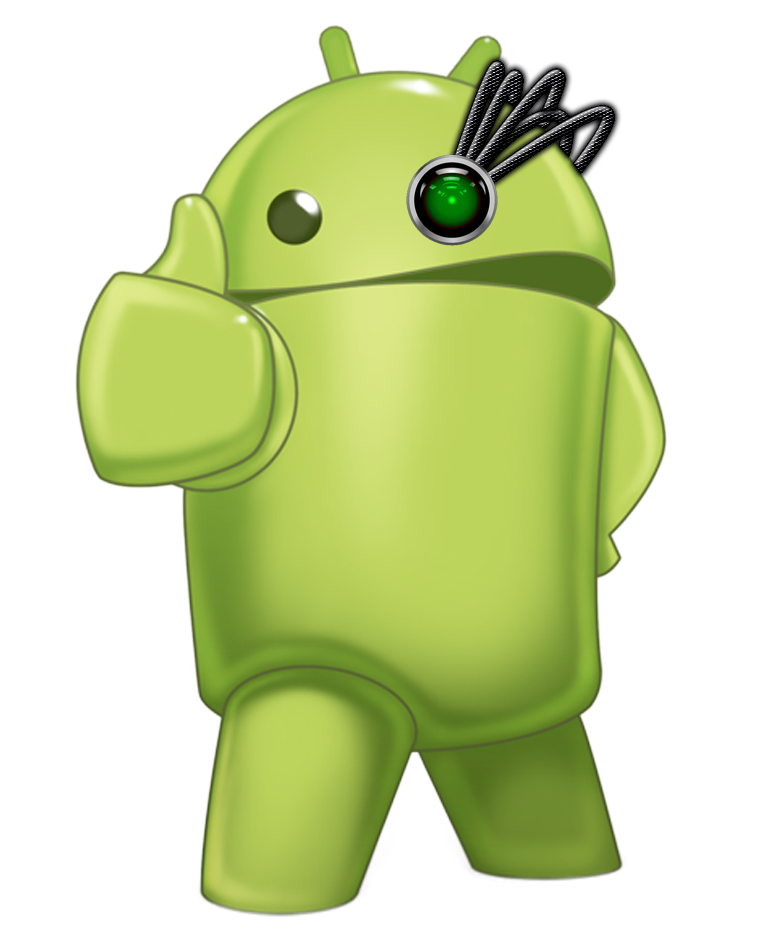
In Hardwired, AC Senior Editor Harish Jonnalagadda delves into all things hardware, including phones, audio products, storage servers, and networking gear.
Apple in general is enjoying a heady momentum in India, gaining sizeable market share on the back of strong sales. But what I like the most is the attention the brand is paying to Indian consumers on the software front; iOS 18.4 debuted a month ago, and while it doesn’t bring much in the way of bold new features, it adds Indic language integration to the OS, and it is wonderful.
In typical Apple fashion, the brand took a while to add localization to iOS, but having used the feature over the last month, I can say with some confidence that it is a much better implementation than Android. I switched the system language to Telugu on the iPhone 16 Pro Max and Hindi on another device, and both languages have tight integration; it’s great to see the attention to detail Apple lavished towards its localization efforts.
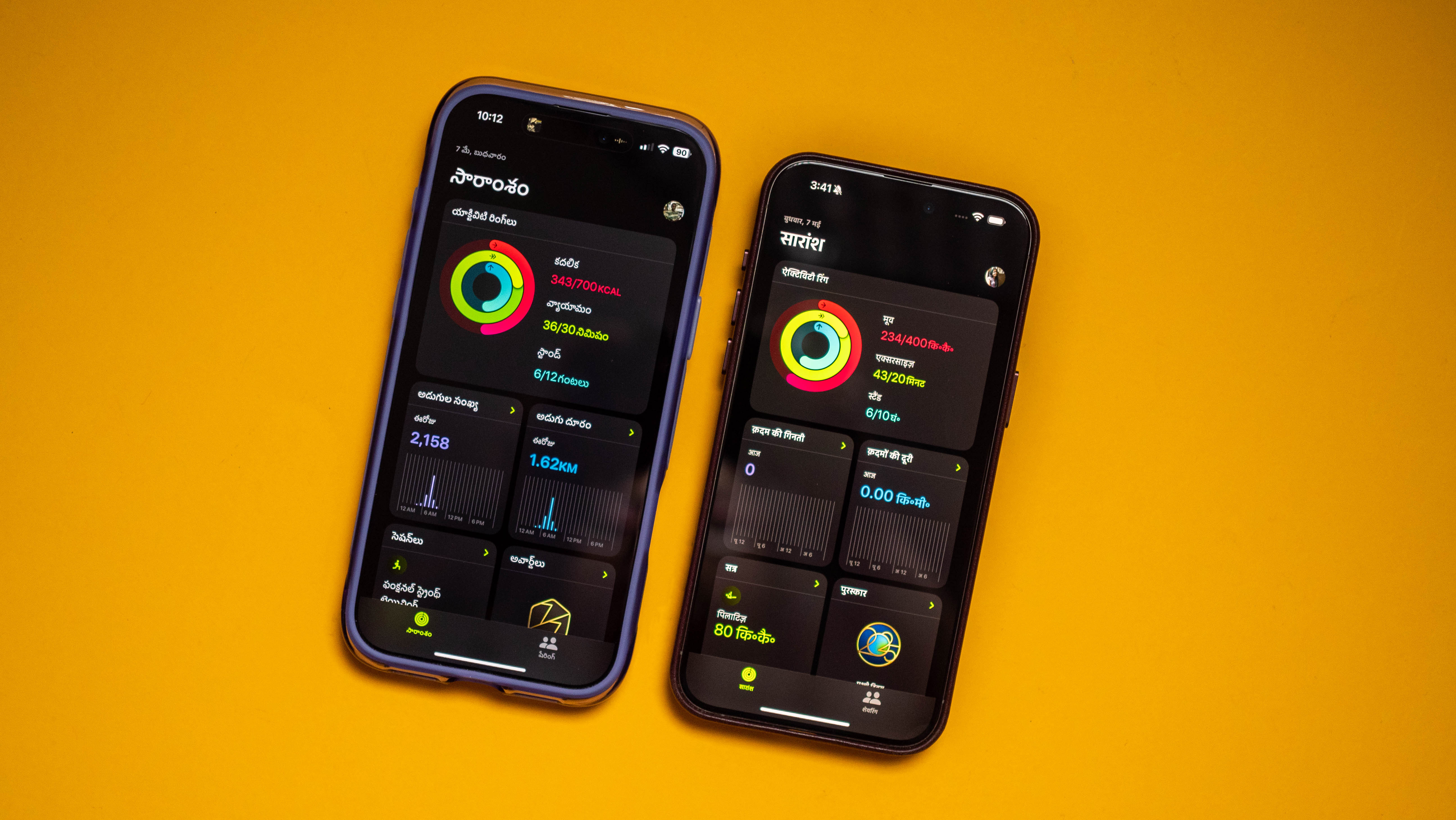
There are still a few labels that show up in English — like Apple Intelligence — but everywhere else, you’ll see Indic languages as standard. What’s interesting about this is that all the sub-menus and details in utilities like Fitness and Health are also translated into Indic languages, and that makes it easier to understand key metrics like calories burned and activity data.
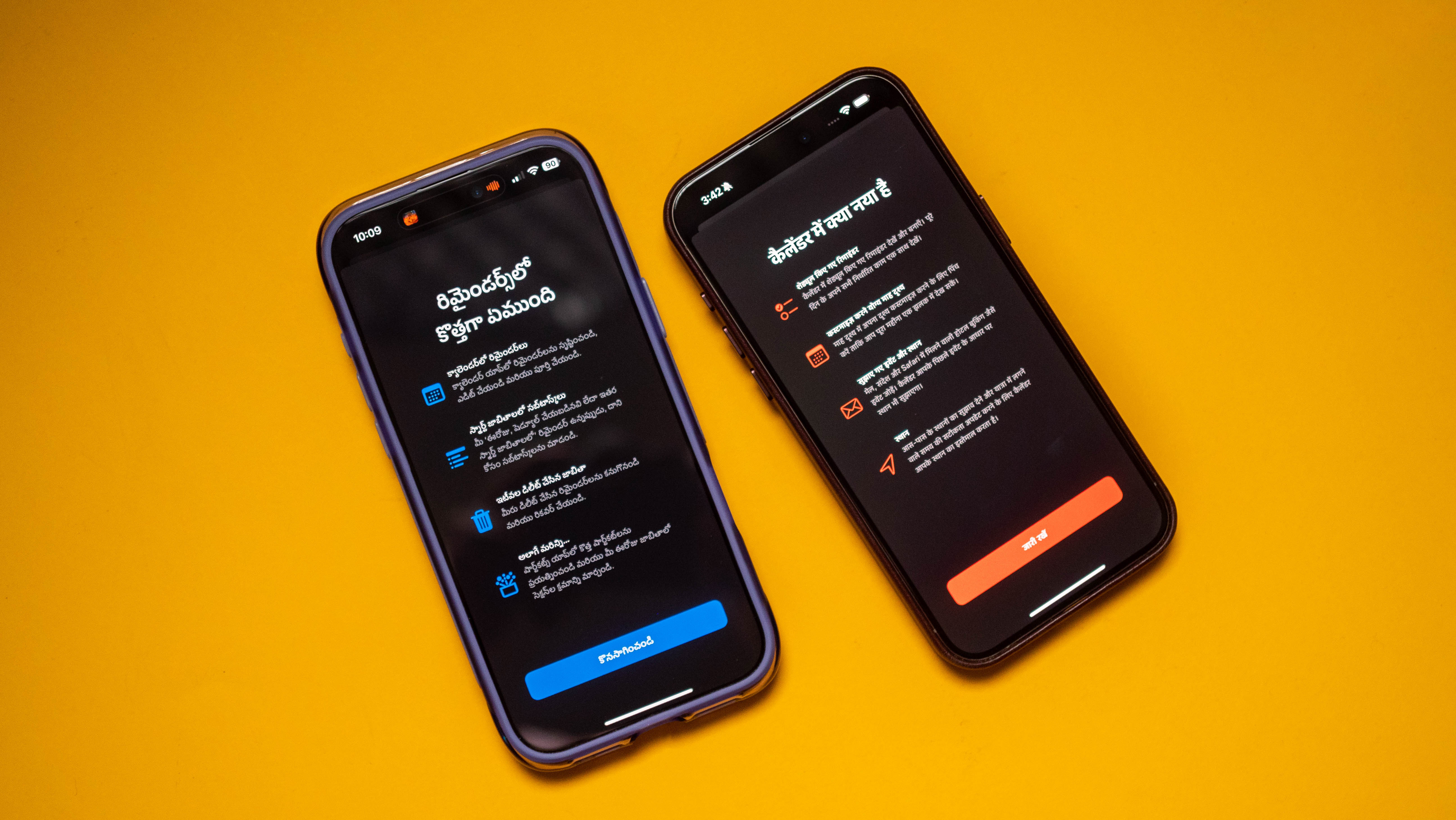
Apple stuck to a standard notation in settings where it transliterated text into Telugu without changing the English naming — it’s just that the alphabet has changed. Google does things a little differently where it translates the word into the source language, and it’s not as easy to locate menus and sub-menus within settings because of that (at least for me).
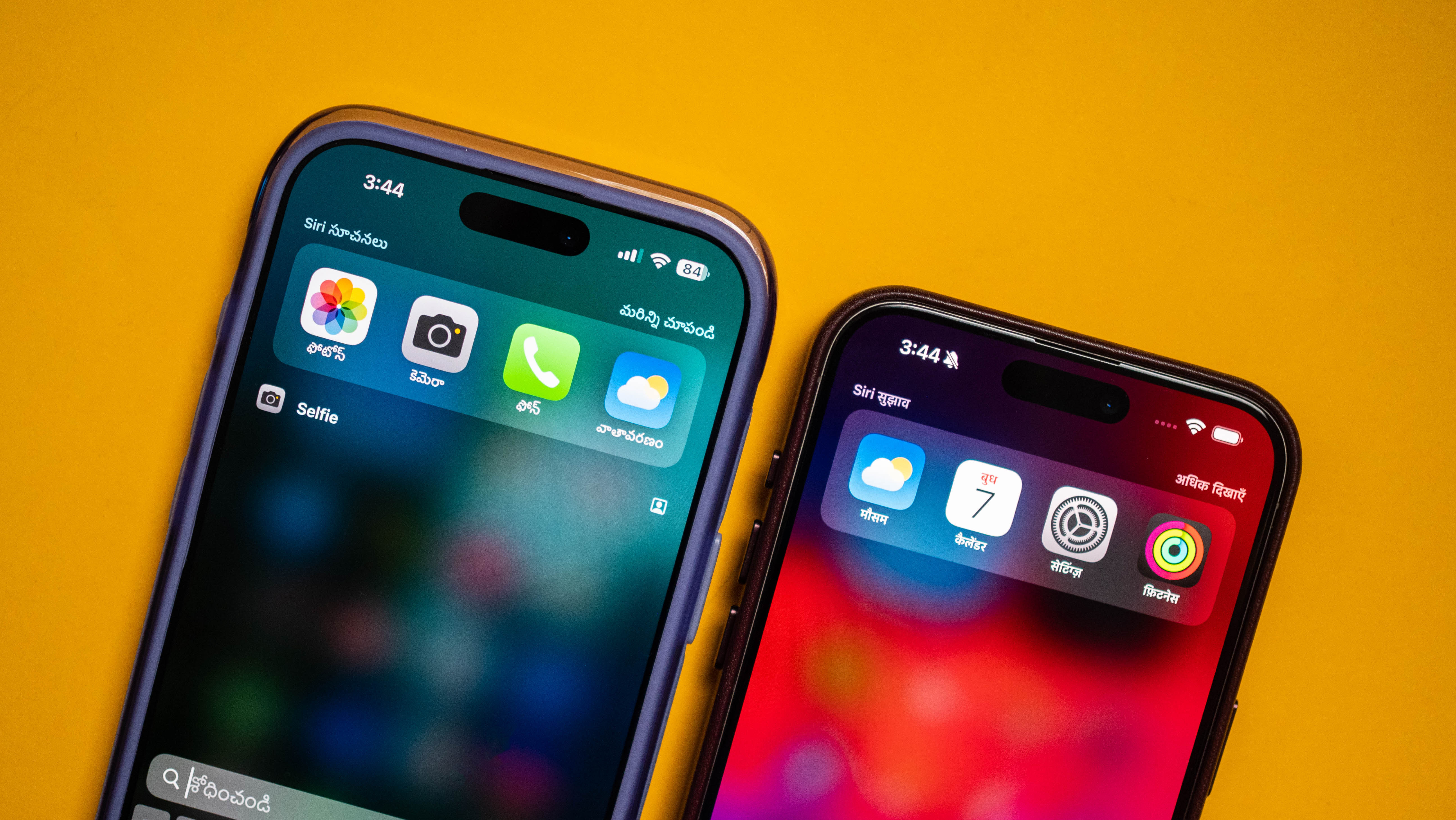
If anything, the only limitation I can think of is that Apple Intelligence isn’t available with most Indic languages, so you miss out on most of the AI-assisted features. Other than that, Apple did a thorough job integrating most Indic languages into iOS, and it’s refreshing to use the iPhone in my native language.
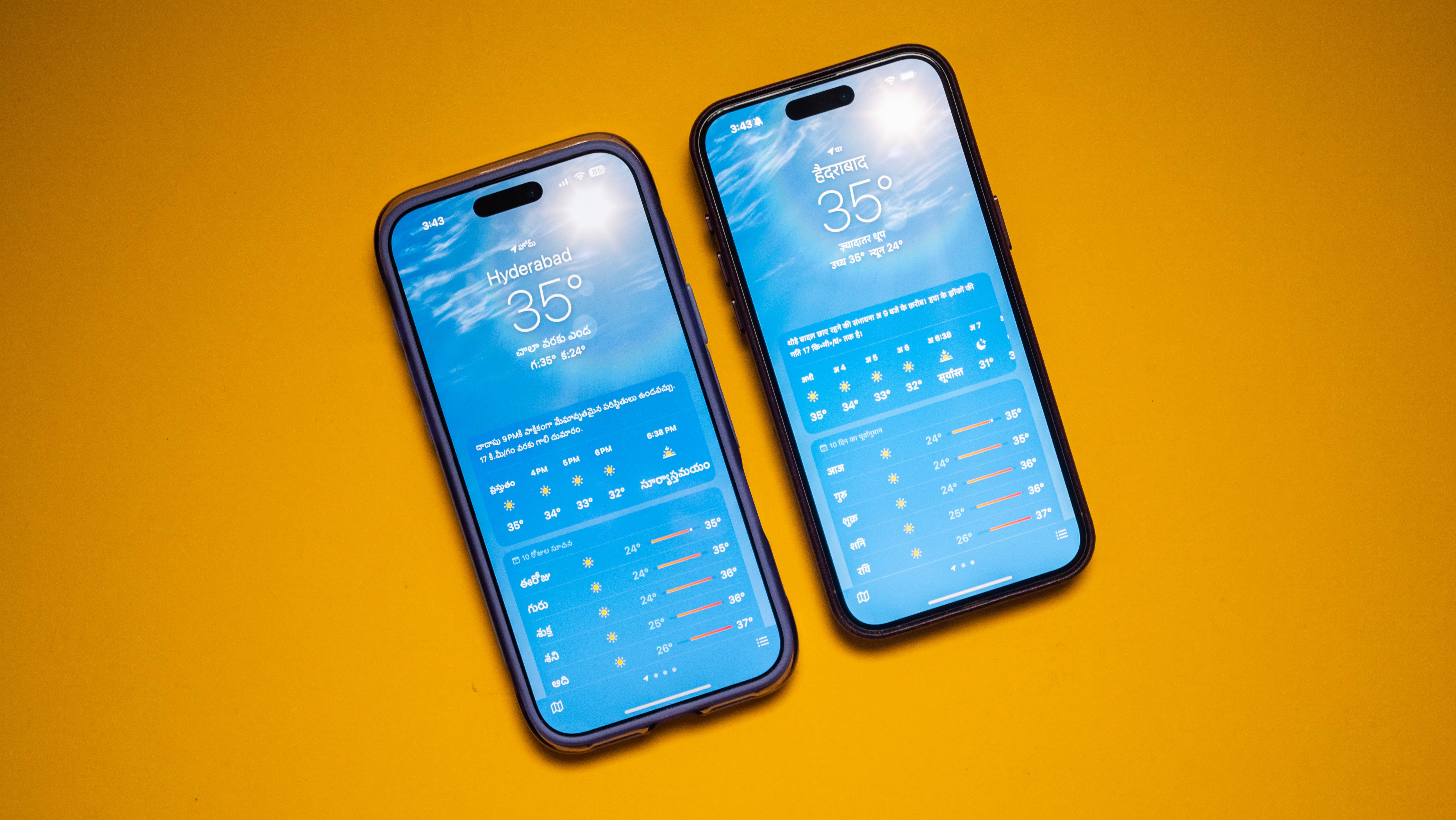
While English literacy is high in India, the ability to use regional languages with an iPhone makes it that much more enticing. This should lead to a meaningful increase in sales, and I know one loyal Android user who’s willing to switch to iOS as a result of this change. My dad has been using Android phones for the last decade — he’s currently on a OnePlus Open — and while he likes using the device, he’s run into several issues with Bluetooth connectivity and pairing with the OnePlus Watch 2.
I suggested he switch over to an iPhone several times in the past, but he’s found iOS to be restrictive. But with the switch to Indic languages, he’s interested in trying out the platform; he likes to type in Telugu and uses Gboard extensively, and the tight integration of local languages combined with the fact that Gboard is just as good on iOS as it is on Android was enough to get him at least intrigued about switching over.
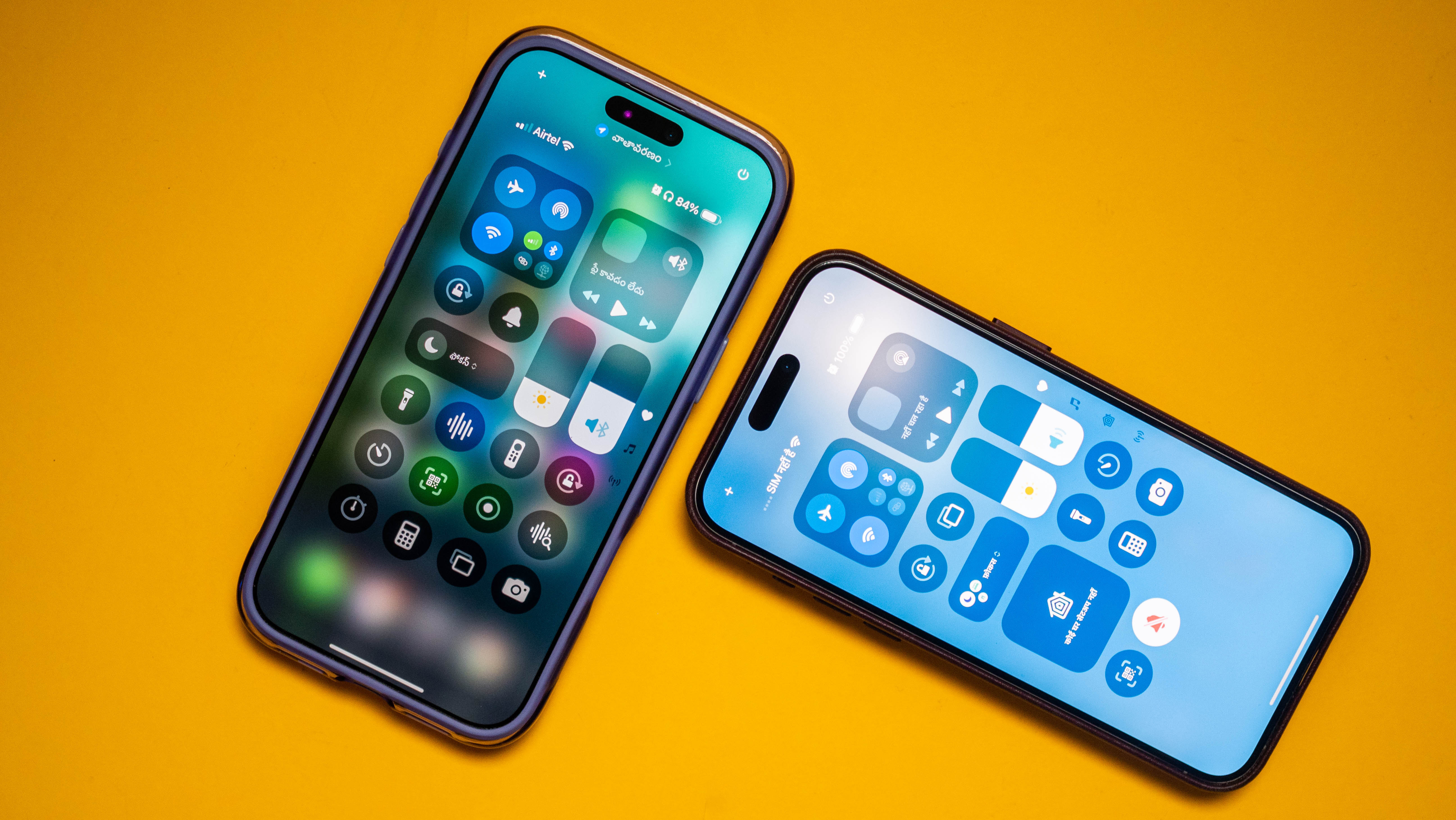
Another plus point is the broader ecosystem. My dad is very active, and he likes using smartwatches; he’s wanted something like the Apple Watch but on Android, and there just isn’t something that has a similar design and feature-set. Now that he’s moving to an iPhone (I’m giving him an iPhone 16), I’m setting him up with an Apple Watch, and I’m excited to see how he likes the platform.
On the whole, iOS 18.4 is a definite step in the right direction, and combined with the increased attention to the country and positioning its products aggressively, it’s obvious that Apple is gaining considerable momentum.

The iPhone 16 continues to be a strong contender if you need a powerful device with a great set of cameras at the back.
[ad_2]
Source link









